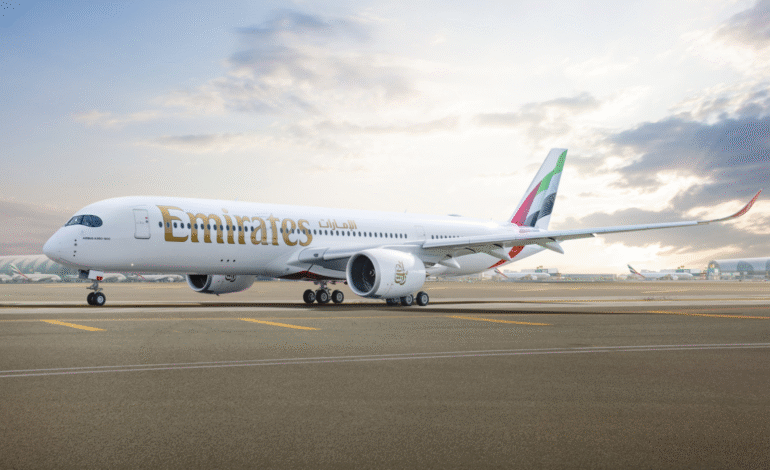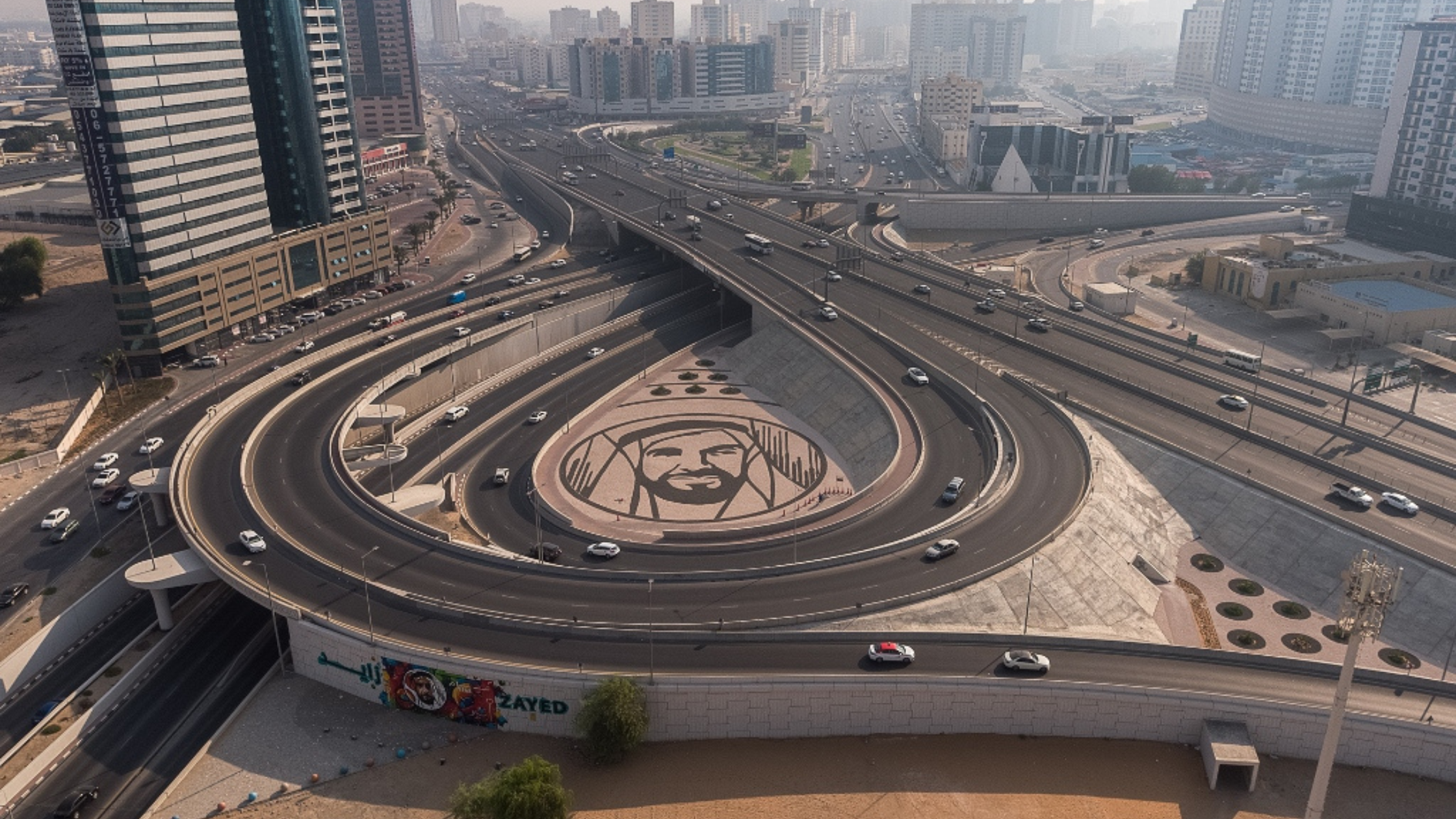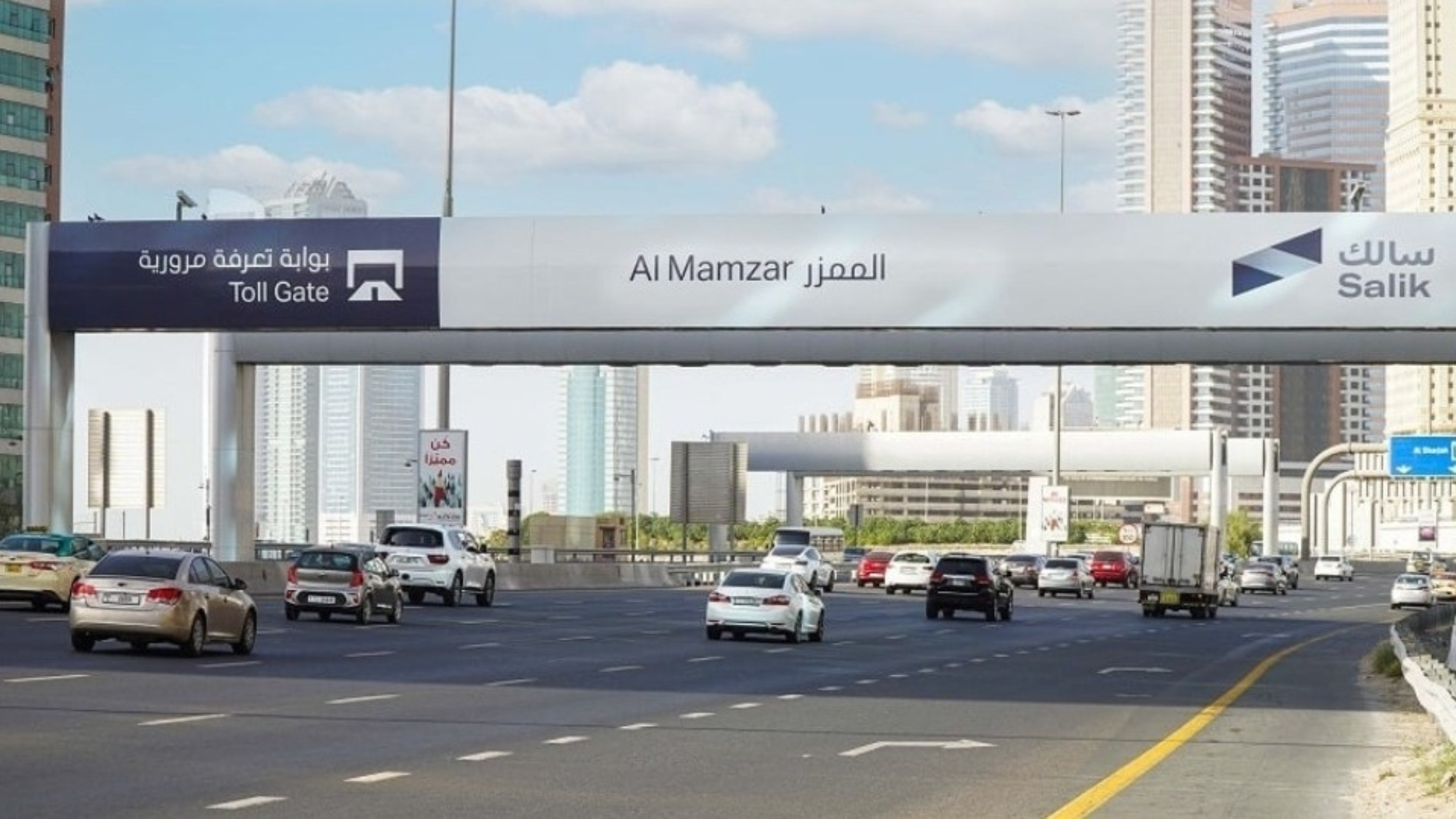Emirates Launches Airbus A350 on Daily Dubai–Hangzhou Flights This October

Emirates will soon make history on its China routes. Starting October 26, 2025, the airline will fly its new Airbus A350 on the daily Dubai–Hangzhou service.
The announcement comes only three months after Emirates began flying to Hangzhou in July 2025. This quick upgrade shows how important the city is for Emirates and its future in mainland China. The airline said this move is part of its long-term plan to grow in China and offer travelers more comfort, better service, and stronger connections.
Emirates Expands Operations in Mainland China
China has become a key market for Emirates in recent years. The airline already flies to Beijing, Shanghai, and Guangzhou, and added Hangzhou as a new destination in mid-2025. By placing its new A350 on the Hangzhou route, Emirates is strengthening its investment in China’s travel and tourism market.
Hangzhou is one of China’s fastest-growing cities. It is known as a technology hub, home to global companies like Alibaba, and is also a popular tourist destination with landmarks such as West Lake. With the new A350 service, Emirates connects Hangzhou to Dubai, one of the world’s busiest travel hubs, giving passengers smooth access to Europe, Africa, and the Middle East.
Flight Schedule for Dubai–Hangzhou
Starting October 26, Emirates will operate the A350 with the following schedule:
- EK310 departs Dubai International Airport (DXB) at 04:15 and lands in Hangzhou Xiaoshan International Airport (HGH) at 16:00.
- EK311 departs Hangzhou Xiaoshan International Airport (HGH) at 00:10 and arrives in Dubai (DXB) at 06:10.
The flight times are designed to give travelers convenient connections in Dubai and smooth onward journeys across the Emirates global network.
Why the Airbus A350 Matters
The Airbus A350 is a modern aircraft built for comfort, efficiency, and sustainability. For Emirates, it is a major step forward. This is the first new aircraft type to join Emirates since 2008, when the airline added the Airbus A380 to its fleet.
The A350 offers:
- Quieter cabins with less engine noise
- Larger windows that let in more natural light
- Better air circulation and humidity for passenger comfort
- Fuel efficiency, cutting emissions and lowering operating costs
- Advanced entertainment systems with thousands of channels
These features will make long-haul flights, such as Dubai–Hangzhou, more enjoyable and eco-friendly. Emirates says the A350 will play a big role in its future network.
Adnan Kazim, Emirates Deputy President and Chief Commercial Officer, said: “Introducing the A350 in Hangzhou is the natural next step. We are committed to bringing our latest products to China.”
UAE–China Aviation Ties Grow Stronger
The UAE and China already share close business, trade, and cultural ties. China is one of the UAE’s largest trading partners, and Dubai acts as a gateway for Chinese goods and services into the Middle East, Africa, and Europe.
By expanding flights to Hangzhou, Emirates is helping to grow this relationship. The route also connects Chinese travelers to Dubai’s attractions such as the Burj Khalifa, Palm Jumeirah, and The Dubai Mall, as well as to destinations worldwide.
For Chinese businesses, the Dubai hub opens easy access to international markets. For Emirati businesses, Hangzhou provides new links to one of China’s most dynamic economic regions.
Emirates’ Growth Strategy in China
Since its first flights to China in 2004, Emirates has steadily expanded operations. Today, it operates to multiple Chinese cities with modern aircraft. The airline has also built partnerships with Chinese travel agencies, airports, and tourism boards to support demand.
Key steps in Emirates’ China growth include:
- Adding Hangzhou as a new route in 2025
- Deploying the Airbus A350 to improve passenger experience
- Strengthening tourism partnerships to attract Chinese visitors to Dubai
- Increasing cargo operations to carry trade goods between the two nations
This strategy aligns with China’s growing middle-class demand for global travel and the UAE’s vision to be a global aviation hub.
Passenger Experience on Emirates A350
Travelers flying between Dubai and Hangzhou on the new A350 can expect a premium experience. The aircraft features:
- Economy, Premium Economy, and Business Class cabins
- Emirates’ award-winning ICE entertainment system with movies, music, and TV shows
- Mood lighting and advanced air pressure to reduce jet lag
- Wi-Fi connectivity for staying connected during the flight
- Cuisine inspired by both Emirati and Chinese flavors
This blend of comfort and technology reflects Emirates’ promise of luxury in the skies.
Boosting Tourism and Trade
The impact of the new A350 service goes beyond aviation. It will also boost tourism and trade.
For Dubai, the upgraded connection means more Chinese tourists visiting its world-famous attractions. Tourism from China has already been rising, and Emirates expects this to grow further with the A350 service.
For Hangzhou, stronger links with Dubai will increase foreign visitor arrivals and encourage business exchanges. Hangzhou is known for its rich culture, beautiful landscapes, and high-tech industries, making it attractive for both tourists and investors.
Cargo trade will also benefit. Emirates SkyCargo will use the A350’s belly capacity to transport electronics, textiles, and luxury goods between the UAE and China, supporting global supply chains.
Emirates’ Fleet Expansion Plans
The Airbus A350 is just the start of Emirates’ next fleet phase. The airline has ordered several A350 aircraft and plans to use them on medium and long-haul routes.
This will complement its Boeing 777s and Airbus A380s, which continue to serve as the backbone of Emirates’ operations. The A350 is more fuel-efficient and smaller than the A380, allowing Emirates to expand into new markets that need smaller capacity without compromising on comfort.
The Dubai–Hangzhou launch is a showcase for how Emirates plans to roll out the A350 on other key international routes.
Strengthening UAE–China Relations
The decision to put the A350 on the Dubai–Hangzhou route is not just about aviation. It reflects the deepening partnership between the UAE and China. Both countries are working closely in areas like:
- Trade agreements to strengthen economic ties
- Tourism campaigns to increase two-way travel
- Investment projects in technology, logistics, and infrastructure
Aviation is at the center of this partnership, helping connect people, businesses, and cultures. Emirates’ new A350 flights will play a vital role in this relationship, acting as a bridge between Dubai and Hangzhou.







